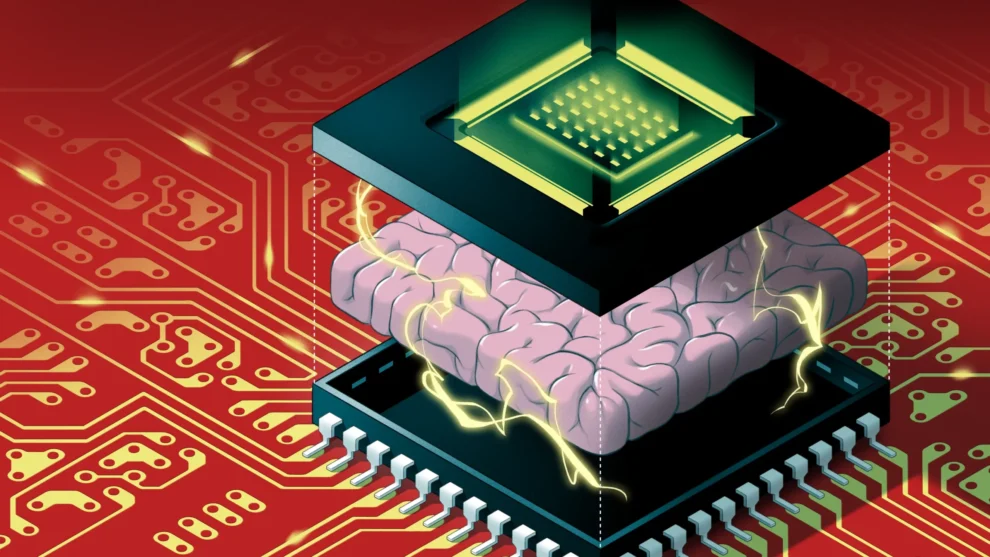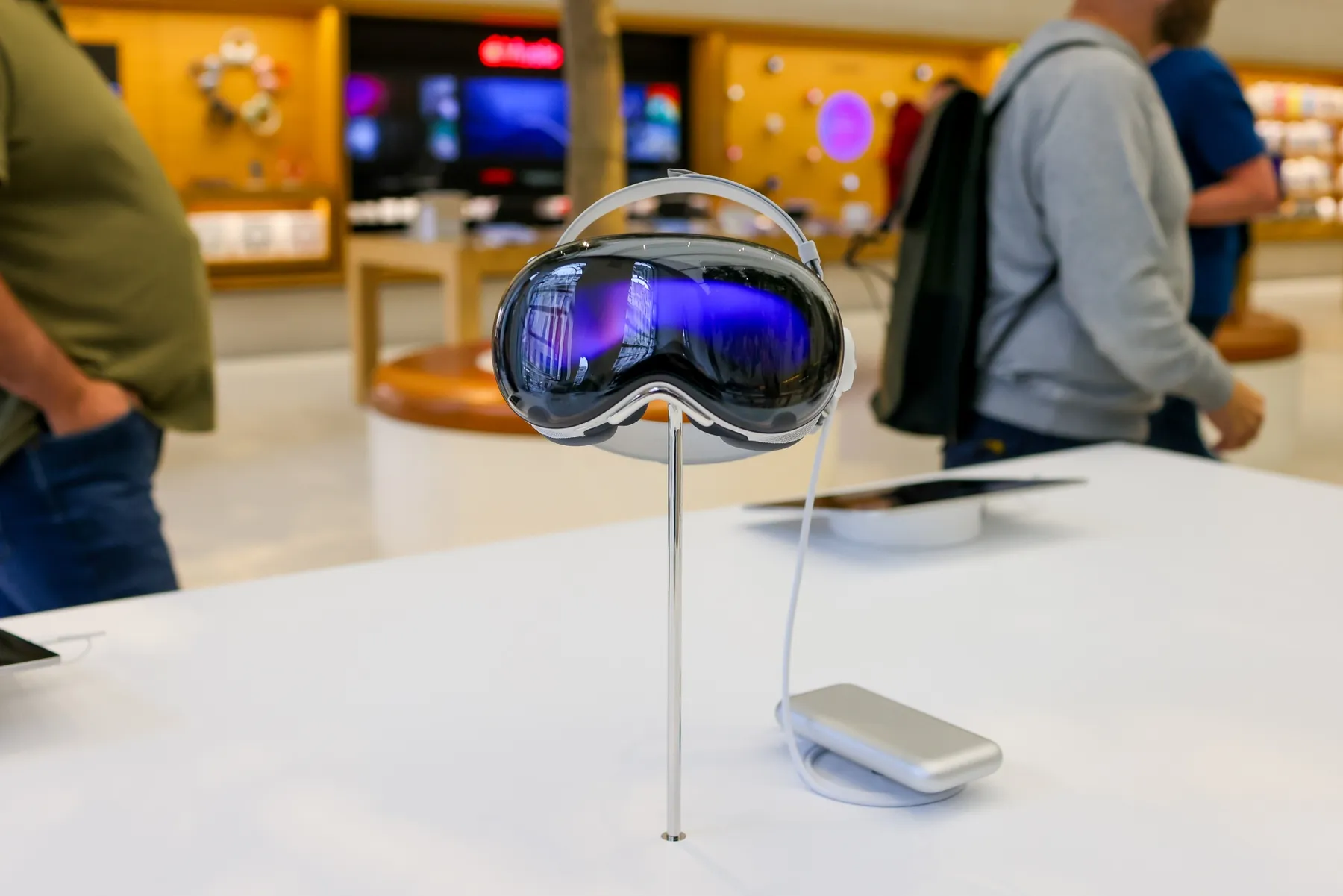A team of researchers from the Israel Institute of Technology have achieved a significant breakthrough in in-memory computing, developing a software package that allows computers to process data directly within memory, bypassing the central processing unit (CPU). This innovation has the potential to revolutionize computing by drastically reducing processing time and energy consumption, paving the way for faster and more efficient devices.
For decades, the “memory wall” has plagued computer scientists. This refers to the growing disparity between the speed of processors and the rate at which data can be transferred between memory and the CPU. Traditional computing relies on this constant back-and-forth of data, creating a bottleneck that limits performance. The Israeli researchers tackled this challenge head-on by creating a system where data is processed within the memory itself, eliminating the need for data transfer and unleashing a new era of computing speed.
Their solution, a platform called PyPIM, combines the versatility of the Python programming language with the power of digital processing-in-memory (PIM) technology. PyPIM introduces new instructions that enable computations to occur directly within memory chips. This groundbreaking approach not only accelerates processing speeds but also significantly reduces energy consumption, addressing a critical concern in our increasingly energy-conscious world.
Breaking Down the Memory Wall: How In-Memory Computing Works
To truly grasp the significance of this breakthrough, it’s crucial to understand the limitations of traditional computing architectures. Imagine a library where books (data) are stored on shelves (memory). When you need information, you (the CPU) must walk to the shelves, retrieve the book, and return to your desk to read it. This constant movement consumes time and energy.
In-memory computing, on the other hand, is like having the ability to read the books right there on the shelves. You no longer need to travel back and forth, saving significant time and effort. By bringing the processing power to the data, in-memory computing eliminates the data transfer bottleneck and unlocks unprecedented performance gains.
PyPIM: Democratizing In-Memory Computing with Python
The researchers’ decision to leverage Python in their PyPIM platform is a strategic move towards accessibility. Python, known for its user-friendly syntax and extensive libraries, is one of the most popular programming languages worldwide. By integrating PIM technology with Python, the researchers are making this powerful tool available to a broader audience of developers.
This accessibility has the potential to accelerate the adoption of in-memory computing across various fields. Imagine the possibilities in data-intensive applications such as:
- Artificial intelligence (AI): Training complex AI models requires massive amounts of data. In-memory computing can significantly speed up this process, leading to faster development and deployment of AI solutions.
- Scientific research: Scientists dealing with large datasets, such as those in genomics or climate modeling, can leverage in-memory computing to analyze data more efficiently and gain insights faster.
- Real-time analytics: Applications requiring immediate data processing, such as financial trading or fraud detection, can benefit from the reduced latency offered by in-memory computing.
A Glimpse into the Future: The Potential of In-Memory Computing
The development of PyPIM is not just a technological feat; it’s a glimpse into the future of computing. As data continues to grow exponentially, in-memory computing offers a sustainable solution to keep pace with our ever-increasing demands.
Imagine a world where:
- Smartphones can perform complex tasks, like real-time language translation or high-quality image editing, without relying on cloud computing.
- Wearable devices can analyze health data on the fly, providing immediate feedback and potentially life-saving interventions.
- Edge devices, like those in autonomous vehicles or smart factories, can process information locally with lightning speed, enabling real-time decision-making.
These are just a few examples of how in-memory computing can reshape our technological landscape. By removing the limitations of traditional architectures, we are entering an era where computing power is no longer constrained by the memory wall.
My Perspective: Witnessing a Paradigm Shift
Having followed the evolution of computing for years, I see this breakthrough as a true paradigm shift. It’s not just about incremental improvements; it’s about fundamentally changing how we think about data processing.
The researchers’ approach of combining PIM technology with Python is particularly exciting. It reminds me of the early days of personal computing, when user-friendly interfaces and programming languages empowered a generation to explore the digital world. PyPIM has the potential to do the same for in-memory computing, making this powerful technology accessible to a wider audience and driving innovation across various fields.
I believe we are at the cusp of a revolution in computing. In-memory computing, with its promise of speed, efficiency, and accessibility, has the potential to transform our technological world in ways we can only begin to imagine.








